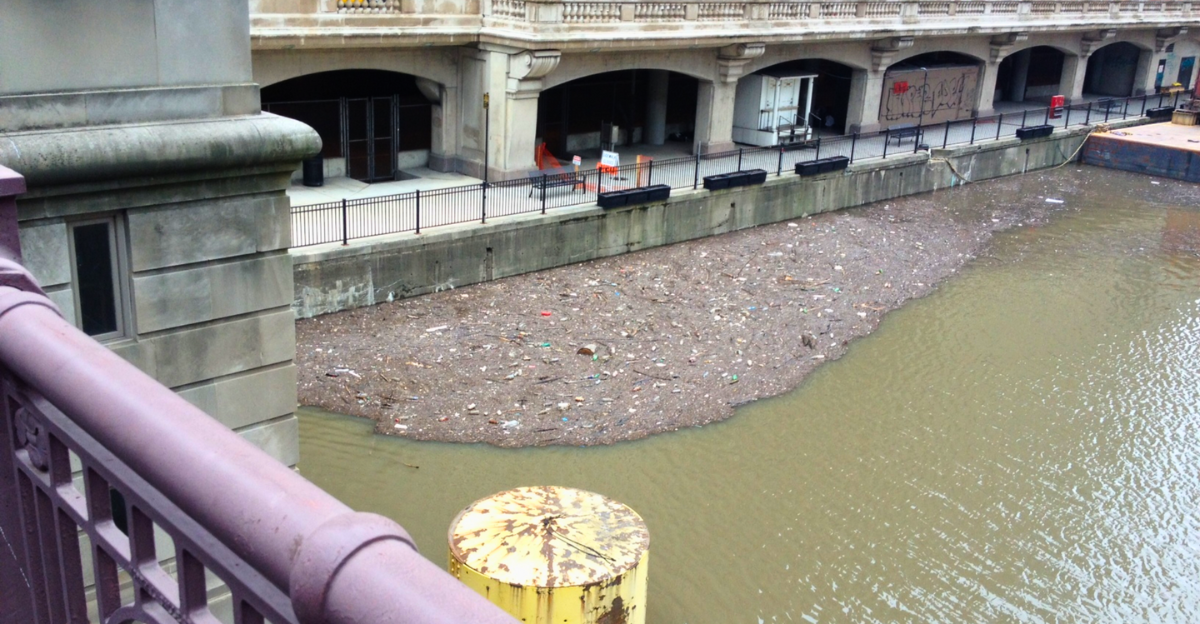
Chicago’s waterways have long battled pollution, but a new study suggests this very issue might be the unexpected barrier keeping invasive silver carp from reaching the Great Lakes. While these destructive fish have spread through U.S. rivers, their advance seems to stall near Chicago—and scientists believe water quality could be the reason. Could pollution actually be acting as an unintentional defense? Here’s what scientists have uncovered.
The Groundbreaking Study That’s Turning Heads

A groundbreaking study from the University of Illinois has uncovered a surprising ecological twist—pollution in Chicago’s waterways may be stopping invasive silver carp from reaching Lake Michigan. The research team, led by Dr. Cory Suski, observed that young silver carp exposed to contaminated water significantly reduced their movement and burned excessive energy to survive. The findings suggest that pollution acts as a “bioenergetic barrier,” forcing the fish to expend more energy coping with toxins than they can gain by pushing forward. As a result, these aggressive invaders have stalled about 47 miles (76 km) from Lake Michigan despite their history of rapidly spreading through U.S. rivers. For years, expensive measures like electric barriers and physical deterrents have been used to keep invasive carp at bay. But what if pollution—long considered a threat—has actually been serving as an unintentional line of defense?
The Unexpected Chemical Barrier
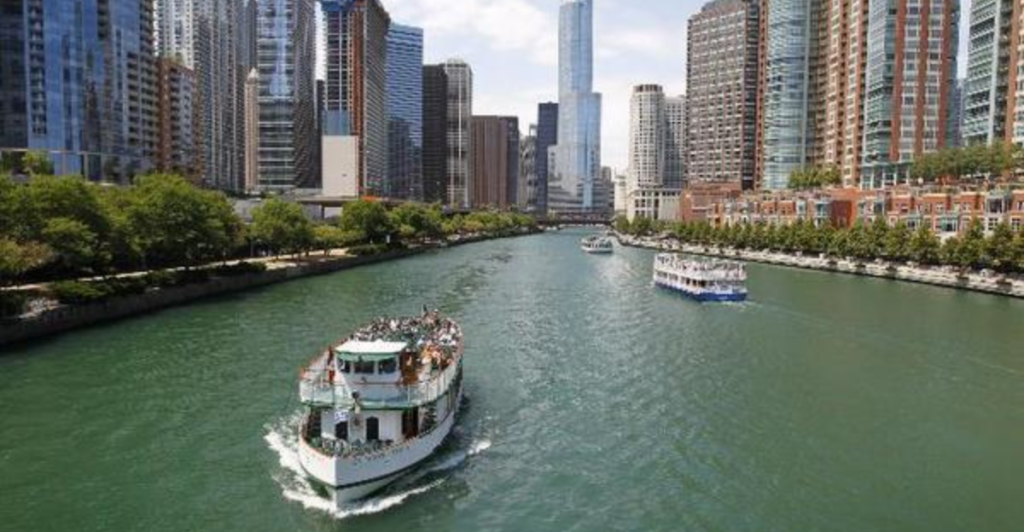
Scientists found that carp exposed to polluted water showed stress responses, reducing their activity to conserve energy. Their bodies worked overtime to counteract toxins, making upstream migration less viable. Essentially, Chicago’s contaminated waterways act like an invisible blockade—one that carp instinctively avoid.
Why Haven’t Carp Adapted?

Invasive species are known for their resilience, but silver carp face a unique challenge. Unlike native fish, they haven’t evolved to handle Chicago’s chemical-laden waters. Instead of thriving, they struggle to survive, slowing their progress and possibly preventing them from ever reaching Lake Michigan.
The Pollution Paradox—A Necessary Evil?
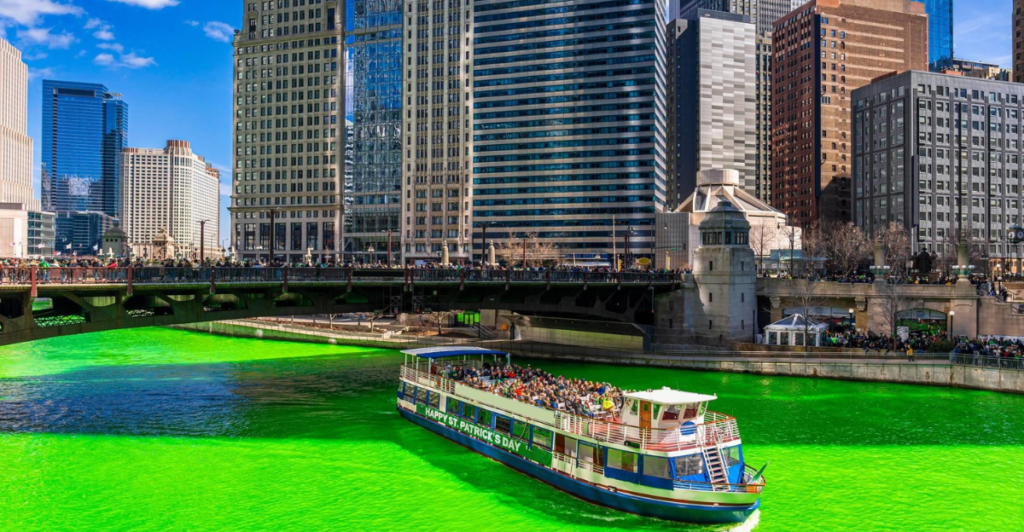
Pollution is universally seen as harmful—but in this case, it’s buying time. Cleaning Chicago’s waterways too quickly, without alternative barriers, could remove the very factor keeping invasive carp at bay. This raises a difficult question: should environmental restoration be slowed down in favor of strategic containment?
Lessons from Other Invasive Species
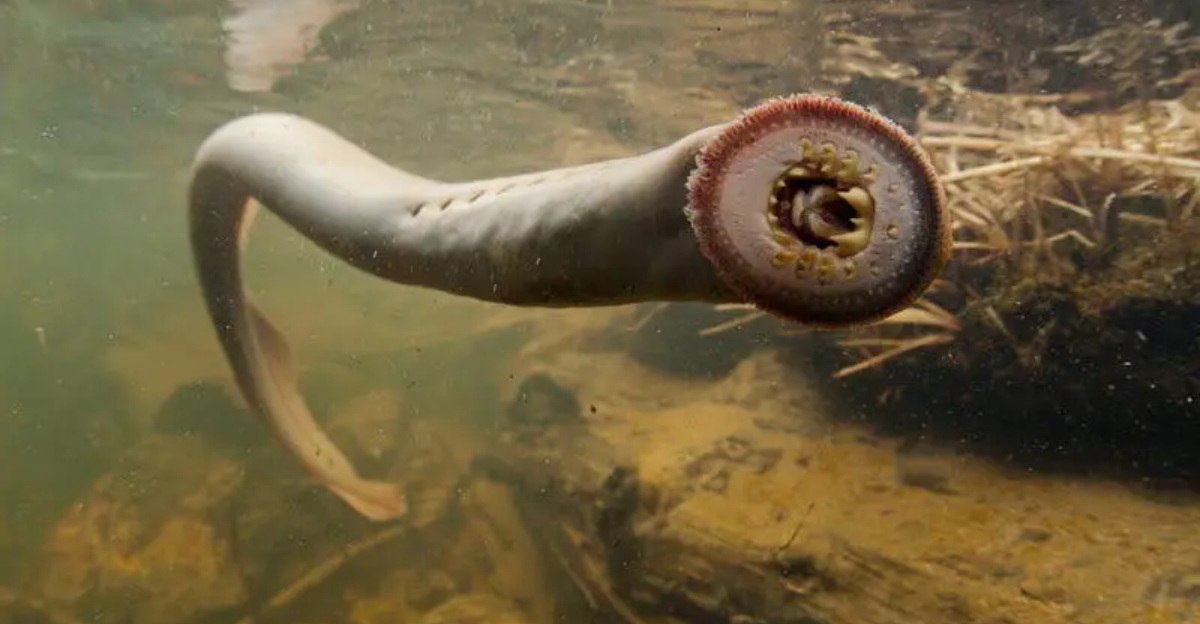
History has shown that eradication is nearly impossible once an invasive species establishes itself. The Great Lakes already battle sea lampreys and zebra mussels—both of which cost millions annually to control. Silver carp could become another unstoppable force unless the current pollution-driven delay is wisely leveraged.
Climate Change—A New Wild Card
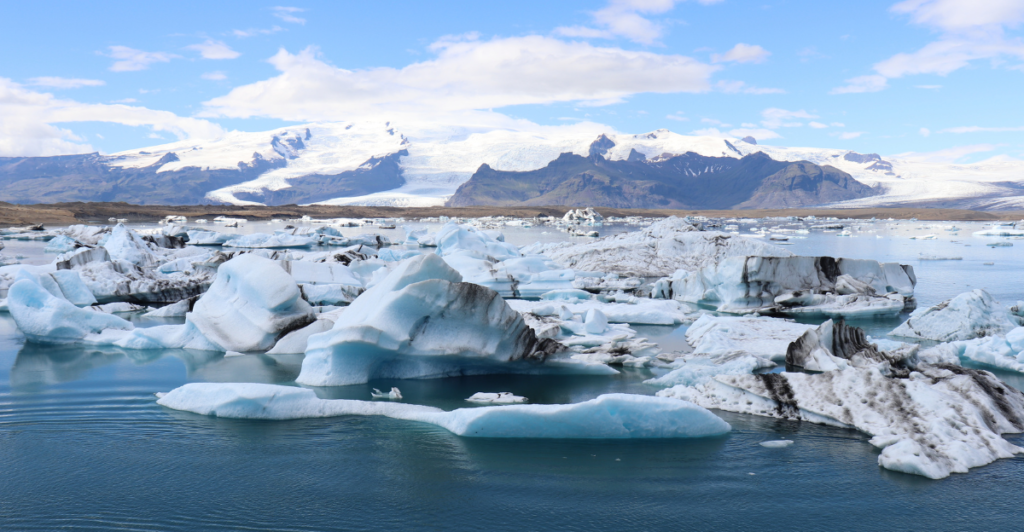
Warmer waters and changing precipitation patterns could tip the balance in favor of silver carp. Climate change often benefits invasive species by making ecosystems more hospitable to them. If pollution currently limits their advance, shifting environmental conditions could weaken this effect—making the race to establish stronger defenses even more urgent.
Could Chemical Barriers Be Engineered?

If pollution is deterring silver carp, could scientists replicate its effects without harming the environment? Researchers are exploring targeted, non-toxic chemical signals that repel invasive species without damaging native wildlife. If successful, these “chemical fences” could revolutionize aquatic invasive species management.
Deliberate Pollution—A Slippery Slope?
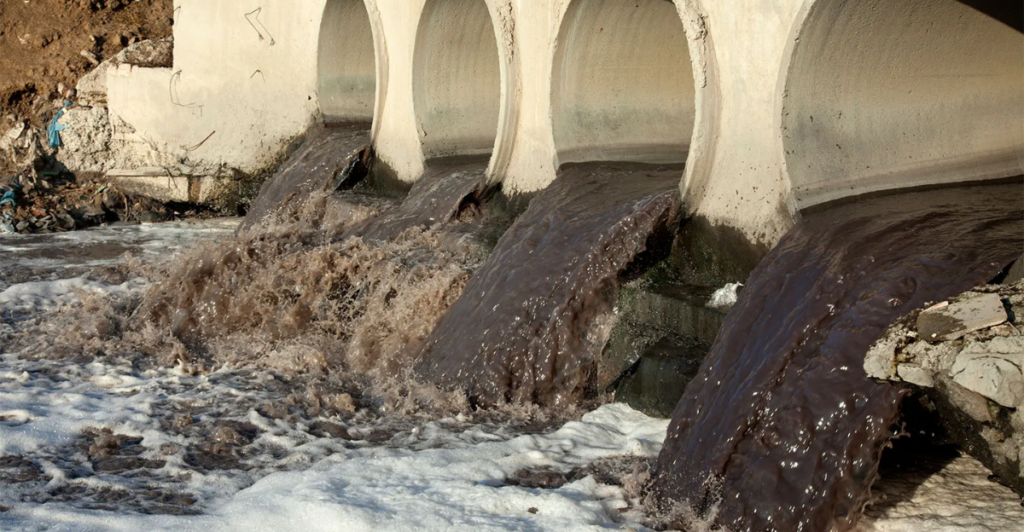
Some might argue that maintaining pollution levels to keep carp away is justified—but this creates a dangerous precedent. Chicago’s waterways suffer from industrial runoff, sewage overflows, and agricultural waste, all of which harm native species. Balancing conservation efforts while keeping invasive carp out is an ongoing dilemma.
A Global Model for Invasive Species Control?
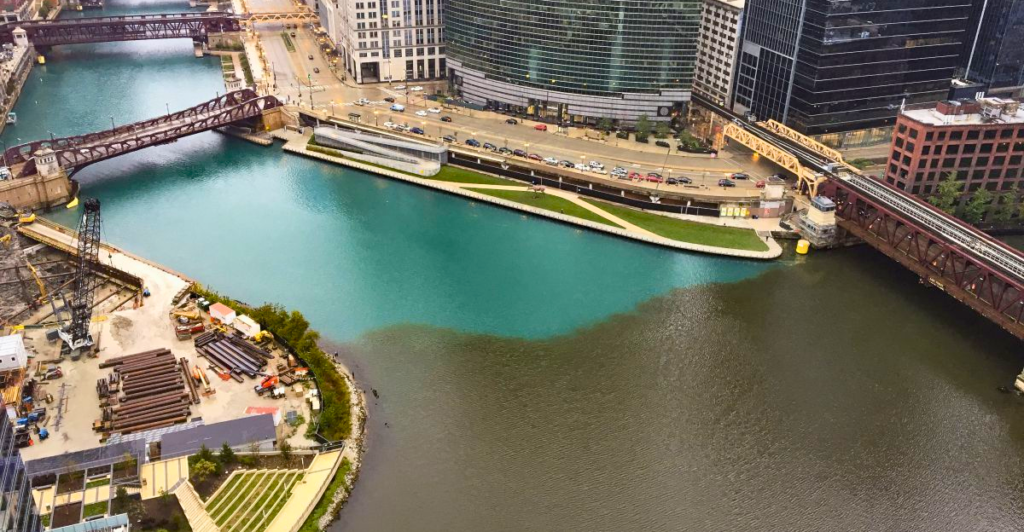
Chicago’s situation is a rare case study of how altered ecosystems can create unexpected protections. Could similar strategies be applied elsewhere? Ports, canals, and waterways worldwide are vulnerable to biological invasions—understanding how species react to environmental stressors could lead to new, low-impact containment methods.
The Clock is Ticking
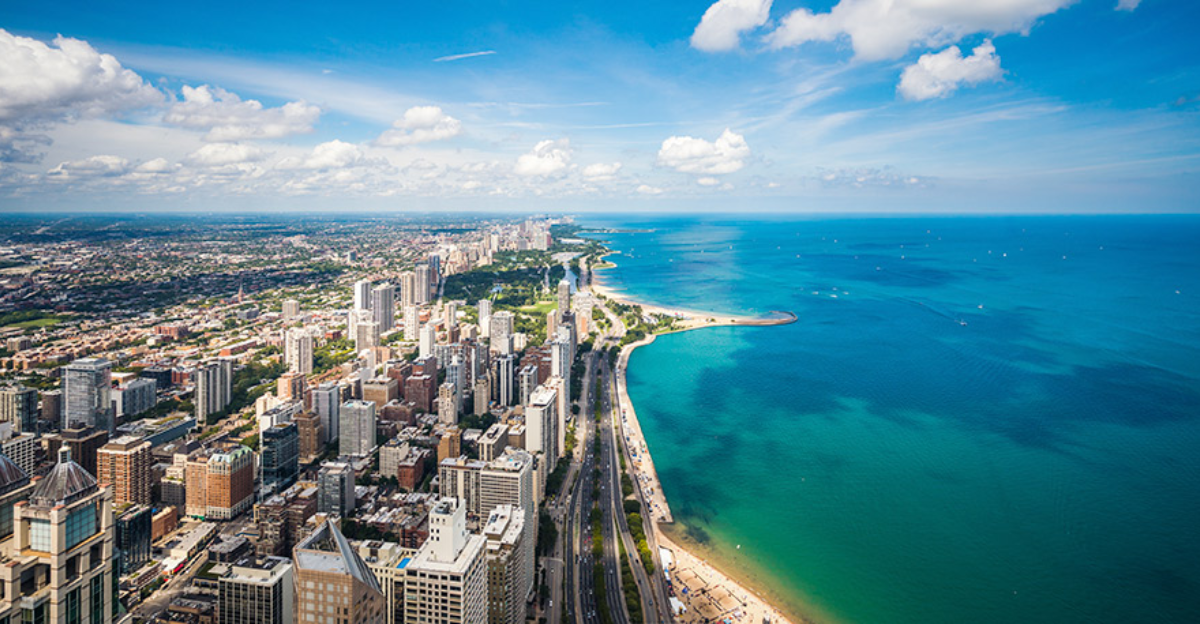
Silver carp remain stalled—for now. But as water quality improves and climate shifts, the window of protection may close. The next steps must be carefully planned: strengthen artificial barriers, explore chemical deterrents, and ensure that solving one environmental crisis doesn’t spark another. The fate of the Great Lakes depends on it.
Explore more of our trending stories and hit Follow to keep them coming to your feed!

Don’t miss out on more stories like this! Hit the Follow button at the top of this article to stay updated with the latest news. Share your thoughts in the comments—we’d love to hear from you!







